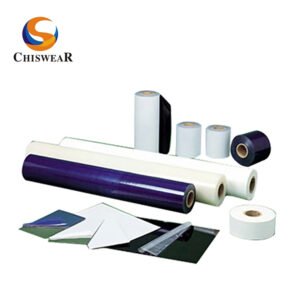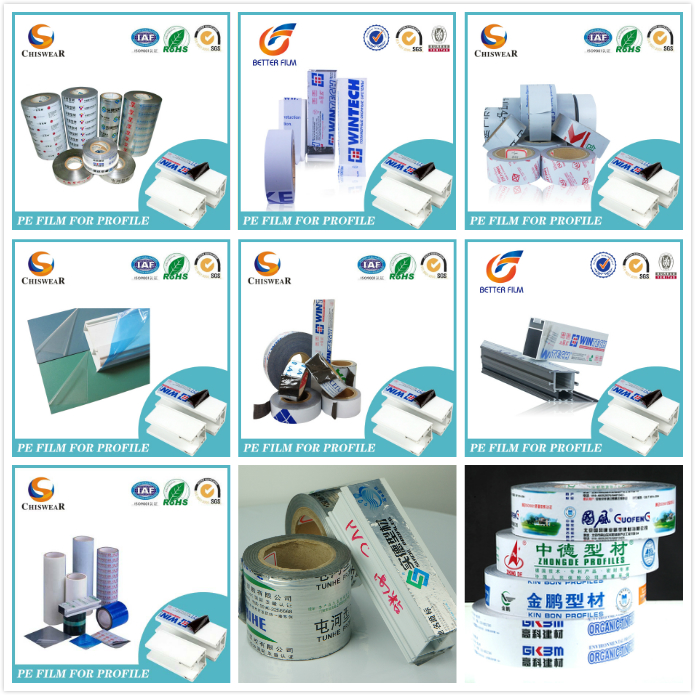Table of Contents
- Common Issues and Solutions
- Correct Application Methods
- Suggestions to Enhance Customer Experience
- References
Meta description
Learn how to properly use and apply protective films to prevent damage, scratches, and wear. Get tips on choosing the right film, avoiding bubbles, and ensuring durability.
Main Body
Protective films are used to protect literally everything around us from painted aerospace parts to cars, windows, metal appliances, carpets, floors, smartphone screens, and tabletops. A protective film tape is needed not only to protect a product but also add to its overall appearance and make it look sleeker, shinier and appealing. Above all, it increases the durability of any product and hence add to its overall life in the longer run by resisting damage, scratches, wear, and impact.
However, from selecting the appropriate tape with the most suited traits to applying it without defects and removing it without residue and damage, you need to have a thorough knowledge of a number of factors so as to get the best out of a film. Where protective tape seems to be an absolute necessity in every industry, there are several issues faced by both the manufacturers and end users regarding their selection, proper use, application, and removal. Let us address some of the most asked questions to clear the confusion surrounding protective films and to make sure you can get the maximum benefits out of the protective tapes.

Common Issues and Solutions
Bubble Problem
What causes bubbles in screen protectors?
Bubbles appear during the application of a protector due to trapped air. If the protector is not applied properly, removing all the trapped air between the tape and the screen, bubbles may arise. Or else, when the screen is not cleaned properly before application, trapped dust particles can also result in bubbles.
How to not get air bubbles in the screen protector?
Make sure the surface, (for example, phone screen) is clean and devoid of dirt before application. Make sure you properly align the protector with the surface. Gently and slowly apply the protector from one end towards the other, while pushing it down with the other hand’s finger gently to remove any trapped air in the process. proper alignment and pushing out the air gently during application will help you avoid or minimize the bubbles.
How to remove air bubbles from a screen protector?

Lift one corner of the protector slightly, and with your fingers, try pushing out trapped air gently. Place the lifted corner back again slowly while pushing out the bubbles.
You can also use a plastic card to push the trapped air out without having to lift and reapply a protective film. Start pushing the bubbles out with the card’s edge starting at the centre of the screen and move slowly towards the edges.
Adhesion Problem
My protective film won’t stick properly. How to fix it?
Try cleaning the surface with a gentle, microfibre cloth before application to remove any dust that can affect proper sticking. If you are trying to re-apply the tape after taking it off, dampening the adhesive just a little bit might help make it sticky again.
Surface Scratches
How do I provide protection against scratches during and after application of protective film
In order to avoid scratches on the surface
- Make sure you have applied the protective film thoroughly, not leaving any part of the surface exposed.
- Align the tape on the surface in a way that it completely and evenly sits on the surface.
- Make sure you have chosen the right thickness in the protective film so it can take the impact without transferring it to the surface.
Durability Concerns
How to choose the right material and thickness for the protective film.
for the products meant to be used outdoors, high-thickness films made with durable material e.g. PVC or polyurethane (PU) will be suitable.
However, for products like mobile screens, PET (polyester) provides reasonable durability with a clearer view. Here the thickness should be of a medium degree to avoid affecting touch sensitivity, but a film too thin will transfer impact to the screen quite easily.
Correct Application Methods
Even the highest quality, surface protection film, will be ineffective if it is not applied properly. Let us have a look at some of the important things to take care of during application:
Cleaning the Surface
An unclean surface with dust particles or oil residue can hamper the proper application of the film and may result in air bubbles, scratches, improper adhesion, and uneven application. Clean the surface with a microfiber cloth or alcohol pads to avoid damaging it, especially in the case of delicate surfaces like screens.
Alignment and Application
A misaligned protective film will leave the parts of the underlying surface exposed.
- Start applying the film from one edge of the surface moving your way up towards the other end slowly.
- Make sure you push out any trapped air along your way towards the other end by gently pushing the tape down.
- Slight pressure also makes sure the tape sticks well to the surface.
Maintenance
After application, make sure you protect the tape against damage. Avoid using an abrasive cloth to clean. If you see any signs of peeling or damage, replace the tape promptly.
Suggestions to Enhance Customer Experience
In order to provide your customers with the best possible experience and allow them to get the best out of the protective films, ensure providing them with the following resources:
- Keep a digital library containing detailed tutorials and step-by-step guides for proper application, maintenance, repair, removal, and other related concerns for utmost surface protection.
- Establish a customer feedback mechanism to address the issues promptly. Remember, customers always prefer suppliers with cooperative customer service departments.
- Make sure you stay ahead in the market by regularly introducing new products, or upgrading the existing products, taking into consideration the changing market trends and newly introduced technological advancements.
References
- https://chidecor.com/product/glass-protective-film-for-cars/
- https://chidecor.com/product/stainless-steel-sheets-protective-film/
- https://en.wikipedia.org/wiki/Polyvinyl_chloride#:~:text=Polyvinyl%20chloride%20(alternatively%3A%20poly(,PVC%20are%20produced%20each%20year.
- https://en.wikipedia.org/wiki/Polyurethane









